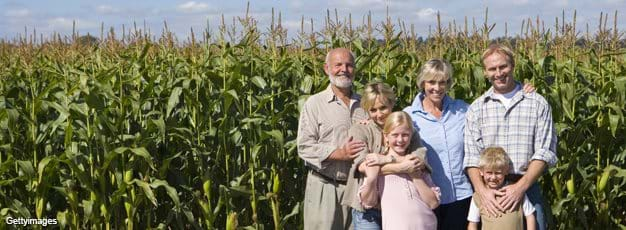Older Operators Often Run Small Family Farms, Particularly Retirement and Low-Sales Farms

A notable characteristic of principal farm operators, the person most responsible for running a farm, is their relatively advanced age. In 2016, 36 percent of principal farm operators were at least 65 years old, compared with only 14 percent of self-employed workers in nonagricultural businesses. Older operators ran 37 percent of all small family farms—those with annual gross farm cash income (GCFI) before expenses under $350,000—including 68 percent of retirement farms and 38 percent of low-sales farms. By comparison, older operators ran 21 or 23 percent of large-scale family farms, those with GCFI of $1 million or more.
Improved health and advances in farm equipment enable operators to farm later in life than in past generations. The farm is also home for most farmers, and they can gradually phase out of farming by renting out or selling parcels of their land. For example, operators on retirement farms rented out 31 percent of their land in 2016 and enrolled another 14 percent in USDA’s Conservation Reserve Program. Some larger, more commercially oriented farms run by older farmers may have a younger, secondary operator who might eventually replace the principal operator.
America’s Diverse Family Farms: 2017 Edition, by Robert A. Hoppe, ERS, December 2017
Farm Structure and Organization, by Daniel Bonin, USDA, Economic Research Service, January 2024
Structure and Finances of U.S. Farms: Family Farm Report, 2014 Edition, by Robert A. Hoppe, USDA, Economic Research Service, December 2014


